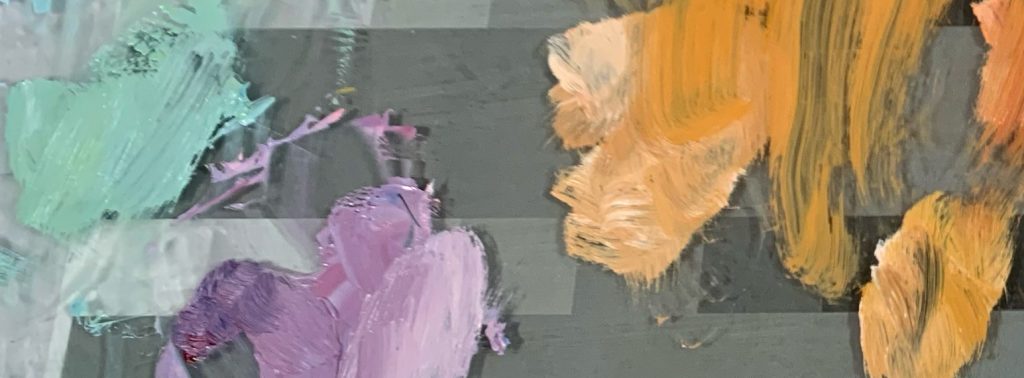Navigating the Ethics and Cultural Layers in My Work
I make art that comes straight from my roots. Growing up with Hispanic heritage in Northern New Mexico, surrounded by Pueblo communities and their land, I’ve always been aware of the deep histories and connections here. My paintings explore the “in-between” spaces—the spots where Pueblo and Hispano cultures meet, overlap, and evolve. I love the traditions of the Taos Society of Artists (TSA), but I also know that working in this space comes with responsibilities.
A lot of artists influenced by the TSA aren’t from around here. They paint the Southwest from the outside looking in. Me? This is home. These are my people. I don’t see the land or the culture through nostalgia or romanticized lenses—I see it as it is, with all its complexity. That means I have to think carefully about how I represent it.
Authenticity vs. Romanticization
The TSA made beautiful work, but a lot of it turned Pueblo and Hispano life into “picturesque” scenes. I want my paintings to feel real, not just visually striking. That means asking: Am I showing the land and its people truthfully, or am I accidentally reinforcing old stereotypes?
Representation & responsibility
I think hard about how I paint people. Too often, Southwest art has shown Indigenous and Hispano figures as passive, almost decorative. I want my figures to feel alive, full of agency and presence, not just part of the scenery.
And I’m careful about cultural boundaries. Some Pueblo traditions, symbols, and ceremonies aren’t meant to be public. Before including anything specific, I ask myself: Is this my story to tell? Am I honoring it, or taking it? When I’m unsure, I check in with those who hold these traditions.
Painting the in-between
A big part of my work focuses on the spaces where Hispano and Pueblo cultures intersect. Traditional Southwest art tends to separate these communities into neat categories, but in reality, their histories, families, and traditions are intertwined. I want my paintings to reflect that complexity—the way identities shift, influence each other, and exist in constant exchange. It’s personal too; these are my family, my neighbors, my community.
Who am I painting for?
A lot of people buying Southwestern art aren’t from here. They’re looking for the familiar icons of the West. That can be tricky: do I make what sells, or do I push back? I try to do both—creating work that’s visually engaging, but also layered, with stories and meanings that aren’t immediately obvious to outsiders.
Honoring the past, moving forward
The TSA helped make Taos an art hub, but their work often froze Pueblo and Hispano cultures in time. I see my work as an opportunity to tell the stories they missed, paint what they overlooked, and reshape Southwestern art from the inside.
For me, that means:
- Staying connected to my community and its real stories.
- Respecting cultural boundaries and avoiding appropriation.
- Showing the complexity of Hispano-Pueblo relationships, not reducing them to one identity.
- Challenging traditional Southwest art narratives while still acknowledging their history.
- Opening space for dialogue about how artists from this land represent themselves.
Final thought
I paint because I love this place—its people, histories, and contradictions. My goal isn’t just to continue Southwestern art’s legacy, but to make it my own, honest, layered, and deeply personal.

Comments are closed.